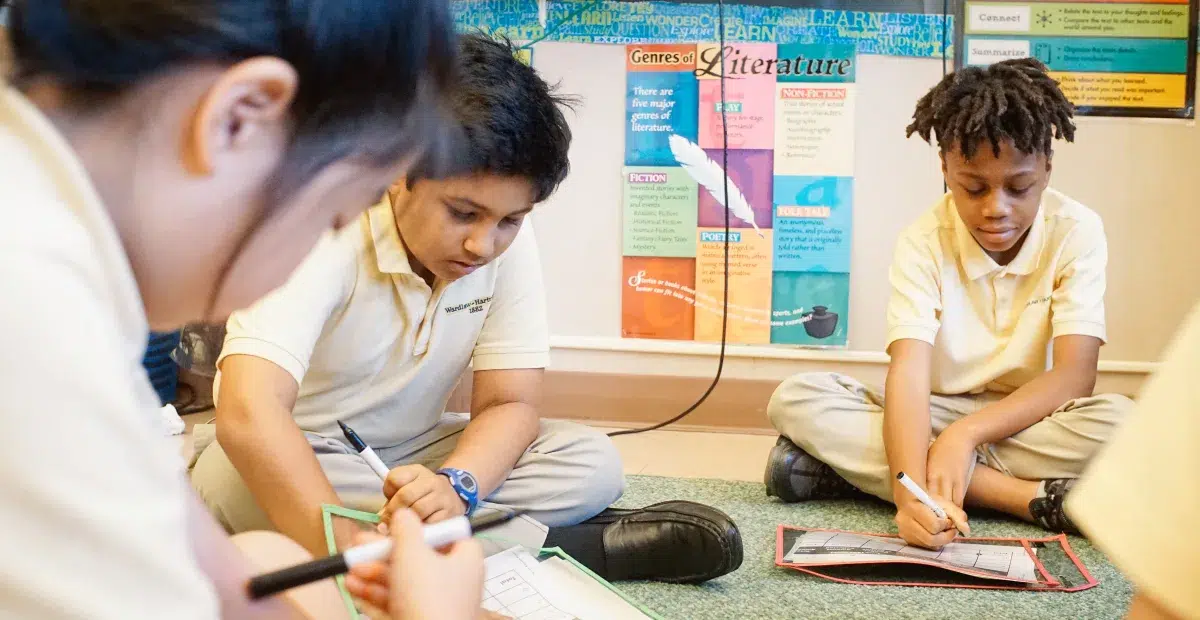Recent changes to state laws and policies reflect conservative efforts to remove what they consider “divisive concepts” regarding race and gender. South Carolina, Alabama, Louisiana, and Utah have now joined 21 other states attempting to modify or eliminate curricula considered by many on the right to promote progressive concepts they say have direct, negative impacts on students.
Many of these changes reflect the controversial mission of the ultra-conservative Project 2025, as well as the backlash to fears over the implications of the highly criticized 1619 Project and its Critical Race Theory lesson content. Eighteen states have actually banned any practices based on the latter.
And even though a colleague letter sent out by the Department of Education that directed educational institutions to prevent discrimination in the treatment of students as well as limit its exploration as a subject matter was rescinded, the directive to affect whatever curricular changes are needed to affect that call for changes is now out there, loud and clear.
Following contentious episodes of confrontation at state and local levels, the extremist fervor has given way to state legislation, even if only in tones that have softened the language on discrimination as a topic. Soft or not, the implications for the reduction of civil rights and reduced freedom to address differences remain.
That this virtual bell curve of conservative activity may have appeased even those more towards the center of the spectrum, what actually ends up being taught, and how, is still a question.
Policy Analysis
Since the federal government is prohibited from dictating requirements and curriculum, it is generally up to the states to develop education standards and for the local educational agencies to provide curricula that support those standards.
While states’ curricula changes are commonplace, it’s not to say that any changes take place all at once. Curricula are always in a state of revision based on cycles that carry over from year to year, and often longer. The most visible changes are usually to student learning materials since it’s what parents see, and even then it’s not unusual for textbooks to take up to seven years to be adopted. Concepts themselves, and thus modifications to them, are traditionally less accessible, and only now are available online for all to monitor. That’s if someone knows how to access them.
The battle to make changes to a perceived liberal leaning education has been taking place for decades, ever since the passing of Brown v. Board of Education. Over the years, conservative reactions to desegregation have increasingly called for “rescuing” students from a perceived attack on family values, social norms, and historical shaming.
The last few years have been particularly divisive and many conservatives have been pushing hard for curricula based on newly adopted populist methodologies, such as classical education (think, liberal arts), the science of reading (methodology based on select data), and depoliticization of science’s hidden curriculum. Never mind that these ideas are tenets that have been at the core of educational debate for decades.
The most obvious example is Social Studies. With the agenda of Project 2025 in motion, there is ample evidence that there is a concern with lessons that are being construed as liberal attempts to place blame on racist actions or anything that might be an attempt to indoctrinate students on racial matters throughout history:
- In Louisiana, the Freedom Framework is being taught to promote American exceptionalism.
- Oklahoma’s HB1775 prohibits the discussion of topics related to discriminatory concepts.
- Texas proscribes titles related to African American History and Native American history(e.g. William Still’s Underground Railroad
Records, the Indian Removal Act) but it strictly forbids any lessons related to the 1619 Project.
It’s not as if dark moments in America’s past are non-existent. Georgia’s Social Studies curriculum, for example, mentions slavery in Grades 4, 6, and 8 and also in US History, which is taught at the secondary level. Yet, critics believe the material is misleading and inaccurate.
Inclusion of racial issues is largely supported by the public. In a study by Education Week, 85% total respondents (and 71% of Republicans) believe that it is vital for a democracy to have its citizens learn about the history of racism and slavery in the country and that it should be taught in K- 12 schools. Examination of curricula seems to reflect that, but under new laws and policy, teachers are concerned that speaking out against the evils of it or merely giving opinions on the topic might be cause for reprimand, or worse.
Some of the irony about the appearance of returning to curricula that soft peddles hard issues seems contradictory and counterproductive. To create a hype over protecting feelings of students who are uncomfortable with topics regarding race and gender, only then to turn around and reinforce a thin anti-discrimination stance, has more to do with the opportunistic gains of political power.
One reason it’s vital to maintain the public scrutiny on law and policy making is because without doing so institutionalizes unacceptable social practices such as discrimination. This does not stop politicians from giving the appearance of combating discrimination by declaring its evils and then repackaging systemic discrimination to conceal it. Exploiting K-12 curricula is a powerful means to achieve this end.
Change in education is, and has been, necessary and inevitable. But unless it includes an emphasis on an open and honest approach to civil rights, independent inquiry, and freedom of speech, the irreconcilable debate over the closing or arresting of the American mind will simply continue.
Engagement Resources
- The mission of CivxNow is to promote the accurate and responsible teaching of social studies with the aim of strengthening and sustaining democracy. For more information on current legislative action in each state, click here.
- The Leadership Conference on Civil and Human Rights advocates for the safe and fair education of all students through action within schools and at the state and local levels.

